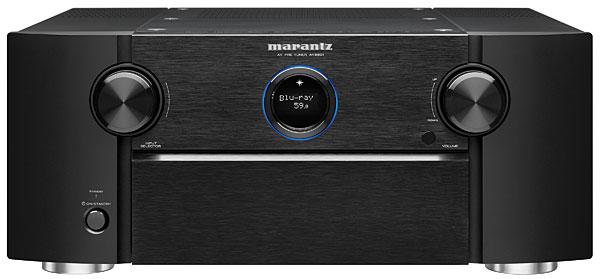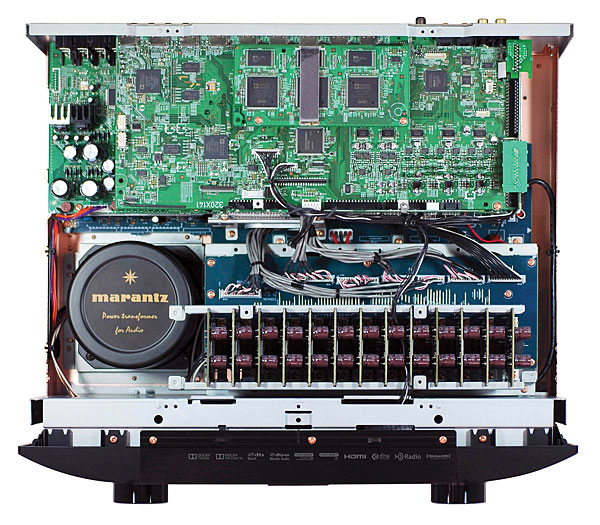| Columns Retired Columns & Blogs |
Saul Marantz did not sell his company to Superscope when he retired. In 1964 the company was in severe financial trouble because of the development cost of the 10b tuner. That is why he sold the company, and he remained its president for 4 more years at which point he did retire, briefly, until co-founding Dahlquist.
Many people think Superscope is Japanese because of the Sony/Superscope label. In fact, Superscope was founded in California by the Tushinsky brotheres in1954 to market their widescreen film process. In 1957 they became the exclusive US distributor for Sony tape machines.








































